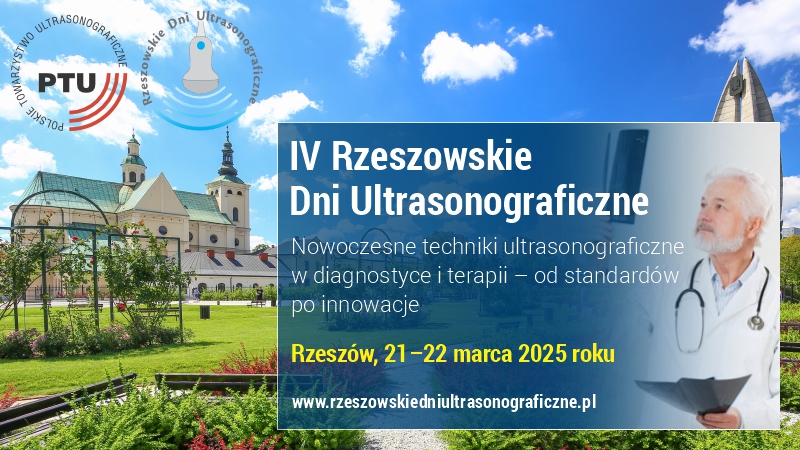Monitoring the response to neoadjuvant chemotherapy in patients with breast cancer using ultrasound scattering coefficient: A preliminary report
Katarzyna Dobruch-Sobczak1,2, Hanna Piotrzkowska-Wróblewska1, Ziemowit Klimoda1, Wojciech Secomski1, Piotr Karwat1, Ewa Markiewicz-Grodzicka3, Agnieszka Kolasińska-Ćwikła3, Katarzyna Roszkowska-Purska4, Jerzy Litniewski1
 Affiliation and address for correspondence
Affiliation and address for correspondenceObjective: Neoadjuvant chemotherapy was initially used in locally advanced breast cancer, and currently it is recommended for patients with Stage 3 and with early-stage disease with human epidermal growth factor receptors positive or triple-negative breast cancer. Ultrasound imaging in combination with a quantitative ultrasound method is a novel diagnostic approach. Aim of study: The aim of this study was to analyze the variability of the integrated backscatter coefficient, and to evaluate their use to predict the effectiveness of treatment and compare to ultrasound examination results. Material and method: Ten patients (mean age 52.9) with 13 breast tumors (mean dimension 41 mm) were selected for neoadjuvant chemotherapy. Ultrasound was performed before the treatment and one week after each course of neoadjuvant chemotherapy. The dimensions were assessed adopting the RECIST criteria. Tissue responses were classified as pathological response into the following categories: not responded to the treatment (G1, cell reduction by ≤9%) and responded to the treatment partially: G2, G3, G4, cell reduction by 10–29% (G2), 30–90% (G3), >90% (G4), respectively, and completely. Results: In B-mode examination partial response was observed in 9/13 cases (completely, G1, G3, G4), and stable disease was demonstrated in 3/13 cases (completely, G1, G4). Complete response was found in 1/13 cases. As for backscatter coefficient, 10/13 tumors (completely, and G2, G3, and G4) were characterized by an increased mean value of 153%. Three tumors 3/13 (G1) displayed a decreased mean value of 31%. Conclusion: The variability of backscatter coefficient, could be associated with alterations in the structure of the tumor tissue during neoadjuvant chemotherapy. There were unequivocal differences between responded and non-responded patients. The backscatter coefficient analysis correlated better with the results of histopathological verification than with the B-mode RECIST criteria.






